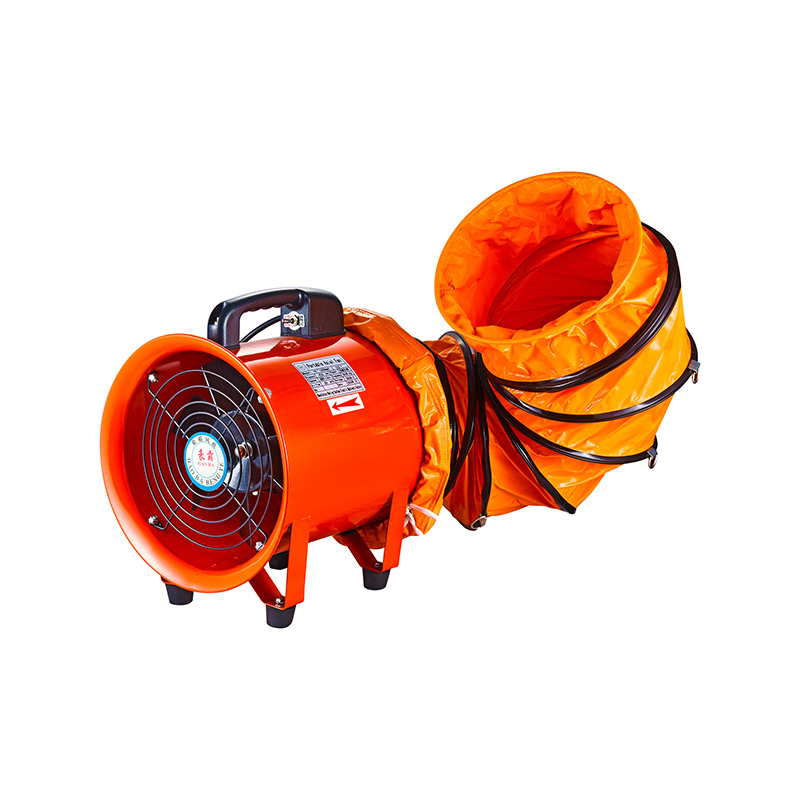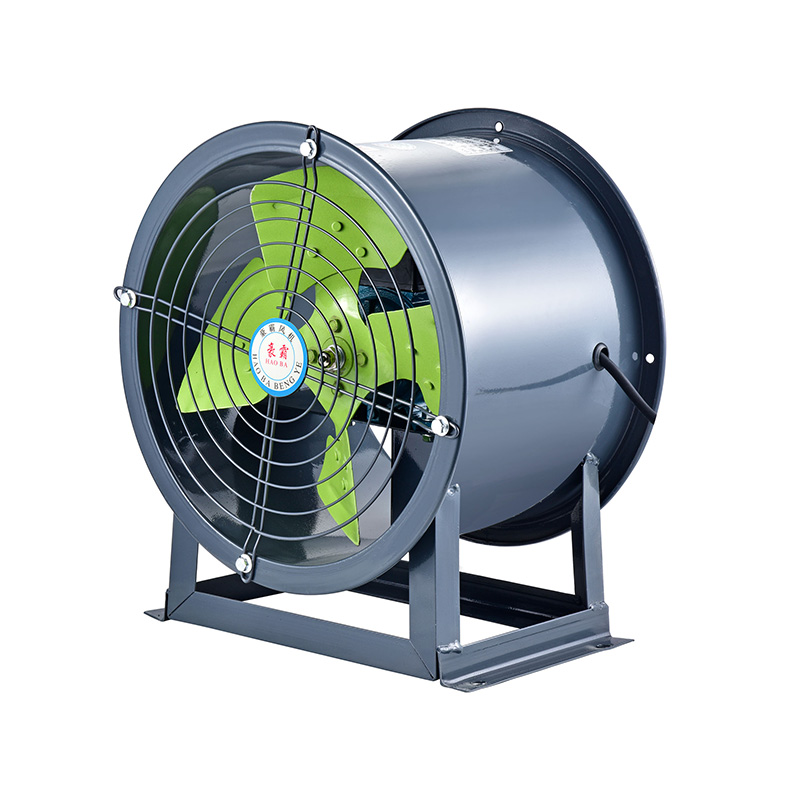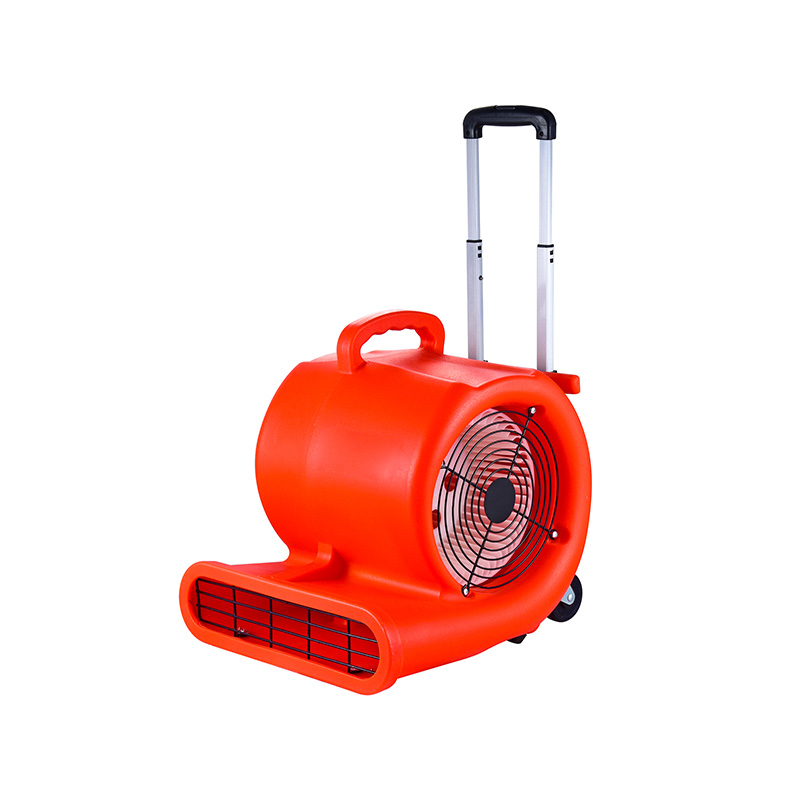How External Rotor Fans Improve Ventilation Efficiency
2025-07-08
Among the many fan types available on the market, external rotor fans have steadily gained attention due to their compact design and performance benefits. These fans are particularly effective in improving ventilation efficiency, making them a popular choice across a range of industries, from electronics manufacturing to HVAC systems.
One reason external rotor fans are effective lies in their structural design. Unlike traditional fans with internal motors, the motor in an external rotor fan is mounted directly on the outer circumference of the fan hub. This configuration allows the impeller to be directly integrated with the rotor, reducing the need for extra drive components. As a result, external rotor fans often feature a more compact profile and balanced construction, contributing to smoother and more stable operation.
This design synergy becomes even more important when integrated into systems requiring consistent and quiet airflow. In applications where a low noise axial fan is preferred—for example, in commercial buildings or medical facilities—external rotor fans help reduce vibration and mechanical noise. By distributing the load evenly along the motor casing, these fans generate less mechanical resistance, which lowers the sound level while maintaining sufficient airflow.
In larger-scale industrial settings, external rotor fans are frequently used in combination with a large centrifugal fan or an industrial ventilation blower. These systems often work together to manage air pressure in expansive workspaces, especially where dust, heat, or fumes are present. While a large centrifugal fan can deliver powerful airflow over longer distances, the external rotor fan ensures that the airflow remains stable and efficient within confined zones. It also assists in localized air movement, reducing dead zones and enhancing air exchange rates without a significant increase in power consumption.

Another benefit of external rotor fans is their energy efficiency. Due to the direct-drive motor system, energy transfer is more straightforward and losses from belts or pulleys are lessd. This becomes particularly important in systems where a low noise axial fan or industrial ventilation blower is running continuously. Energy savings in such scenarios can accumulate quickly, lowering operating costs while still maintaining the desired environmental conditions.
Maintenance is another area where external rotor fans offer value. Their compact and integrated design means fewer moving parts that require regular servicing. This makes them especially useful in applications where downtime is costly or where accessibility is limited. When used in tandem with a large centrifugal fan, external rotor fans can serve as secondary support or backup to maintain airflow when the primary system is undergoing maintenance.
In large warehouses, production lines, or data centers, airflow demand varies depending on operational intensity. A flexible system might include multiple external rotor fans alongside a low noise axial fan or a centralized industrial ventilation blower to fine-tune air distribution. This modular approach not only improves ventilation efficiency but also provides better adaptability to changing needs.
When used as part of a hybrid ventilation system, the presence of both a large centrifugal fan and external rotor fans allows for both wide-area and localized control. For example, the industrial ventilation blower might operate as the main system for extracting hot air, while external rotor fans target specific machinery or process zones that need more immediate cooling. Meanwhile, a low noise axial fan ensures that air is continuously circulated throughout the facility without disturbing the working environment.
In summary, external rotor fans offer a practical solution for enhancing ventilation efficiency across various sectors. Whether working alongside a large centrifugal fan, supporting a low noise axial fan, or integrated with an industrial ventilation blower, these fans help maintain a balanced and energy-efficient airflow system. With their space-saving design, quiet performance, and reduced maintenance needs, external rotor fans continue to play a valuable role in modern ventilation engineering.

 English
English русский
русский عربى
عربى








